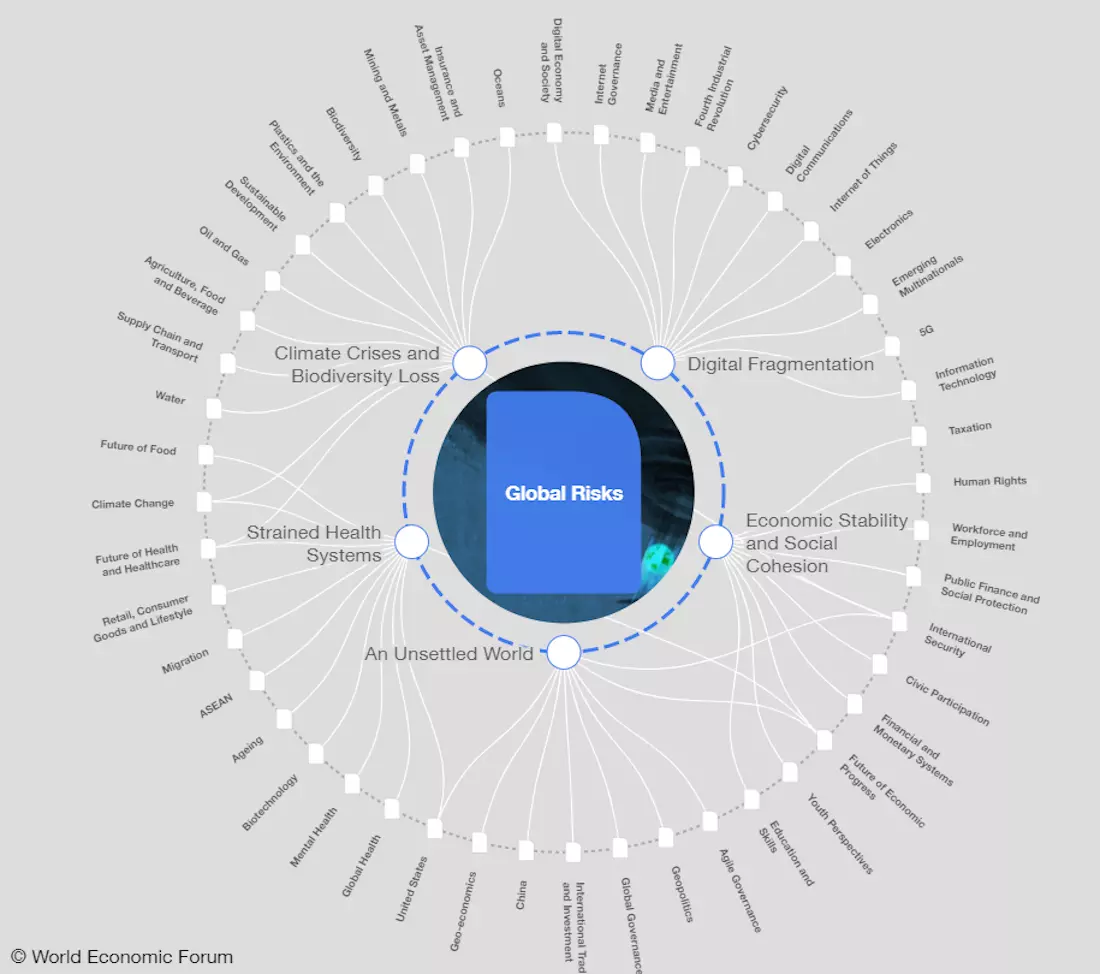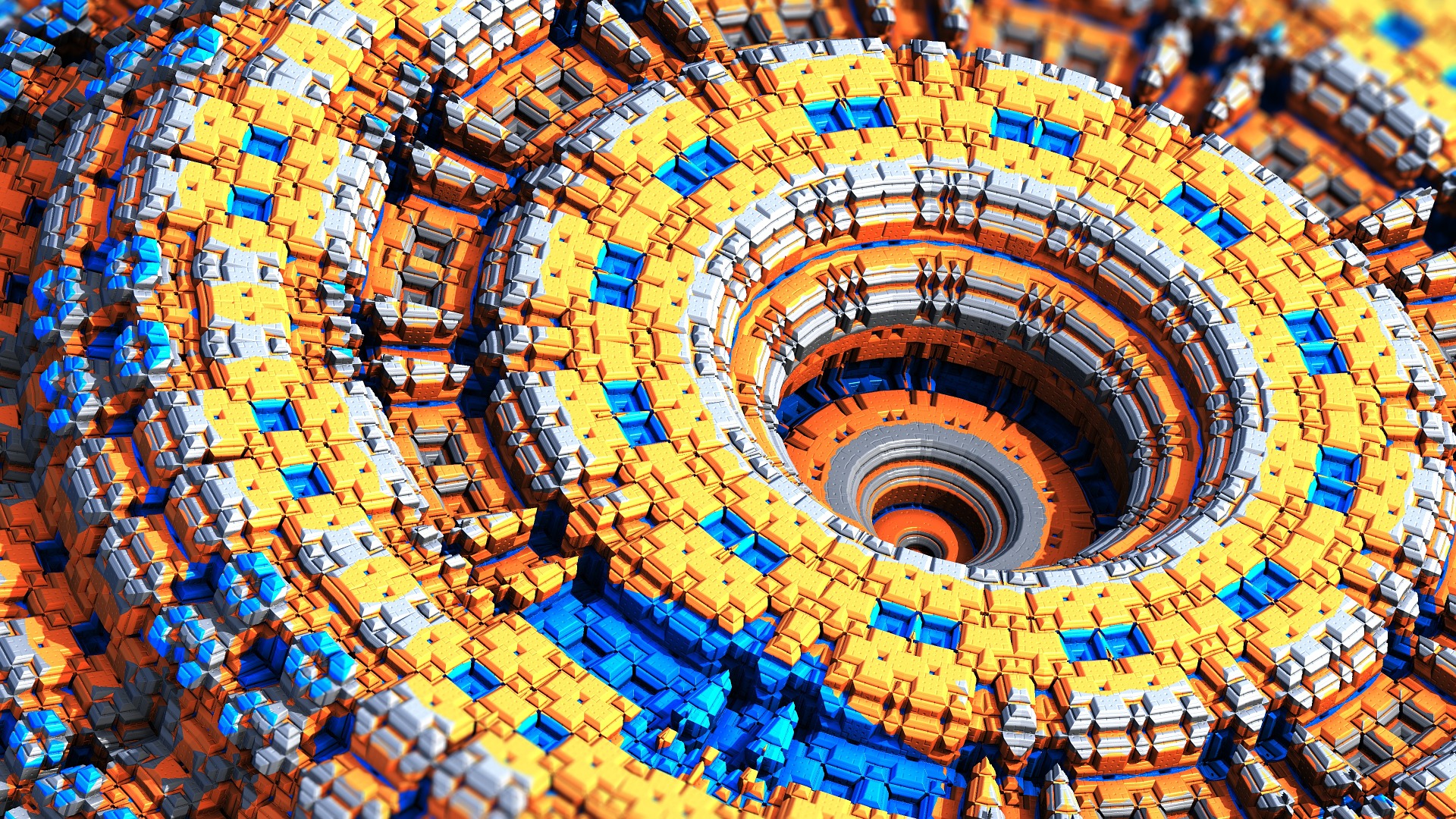Comments
- No comments found

Transdisciplinary research (TDR) is ranked as a “mainstream modus operandi for research” by the OECD Global Science Forum (GSF).
Addressing global risks and societal challenges, as embedded in the sustainable development goals (SDGs), is the main goal of transdisciplinary science and technology (TST). Integrating knowledge from different science and technology disciplines and (non-academic) stakeholder communities, the TST projects should have a priority in sustainable public funding and socially responsible private investments. Only the TST solutions are applied to global issues as the COVID-19 pandemic spreads across the World affecting human health, the socio-economic wellbeing, employment, inequality, economy, policy, and everyday human life.
No global issues, or critical threat to the world, from global economic, social, and political issues to global environmental issues, that potentially impact or affect all persons and places, could be solved out of the TST.
TST is the source of the best discoveries, innovations, technologies, and investments. Trans-AI will be developed and deployed as a global human-AI Internet/Web Platform.
No single issue, environmental or social, exists as isolated from the others. Each issue or risk or opportunity is part of the global network of causes, factors, issues, or risks, or opportunities, where there are primary factors, subordinary factors and contributory factors. And each causal variable is marked by its category, parameters, impact, and likelihood. It is like the WEF’s Global Risks Network of Economic, Environmental, Geopolitical, Societal and Technological Risks.
For example, global environmental issues involve the following changes: Overconsumption; Overpopulation; Biodiversity loss; Deforestation; Desertification; Global warming/climate change; Habitat destruction; Holocene extinction; Ocean acidification; Ozone depletion; Pollution; Waste and waste disposal; Water pollution; Resource depletion; Urban sprawl.
Habitat loss and climate change and biodiversity loss are mutually adversely affecting each other. Deforestation and pollution are direct consequences of overpopulation and both, in turn, affect biodiversity.

Transdisciplinarity tops several distinct levels of knowledge, research, education, theory, practice, and technology:
Interdisciplinarity is about the interactions between specialised fields and cooperation among special disciplines to solve a specific problem. It concerns the transfer of methods and concepts from one discipline to another, allowing research to spill over disciplinary boundaries, still staying within the framework of disciplinary research.
In the context of the unprecedented worldwide pandemic-enhanced crises, the transdisciplinarity appears as an all-sustainable way of solving complex real-world problems pursuing a general search for a “unity of knowledge” or Real-World AI.
Transdisciplinarity is radically distinct from interdisciplinarity, multidisciplinarity and mono-disciplinarity.
Transdisciplinarity analyzes, synthesizes and harmonizes links between disciplines into a coordinated and coherent whole, a global system where all interdisciplinary boundaries dissolve.
It is about addressing the world’s most pressing issues and seeing the world in a systemic, consistent, and holistic way at three levels:
(1) theoretical, (2) phenomenological, and (3) experimental (which is based on existing data in a diversity of fields, such as experimental science and technology, business, education, art, and literature).
Transdisciplinarity is a way of being radically distinct from interdisciplinarity, as well as multi-disciplinarity and mono-disciplinarity.
Transdisciplinarity integrates the natural, social, and engineering sciences in a unifying context, a whole that is greater than the sum of its parts and transcends their traditional boundaries.
Transdisciplinarity connotes a research strategy that crosses many disciplinary boundaries to create a holistic approach.
Transdisciplinary research integrates information, data, concepts, theories, techniques, tools, technologies, people, organizations, policies, and environments, as all sides of the real-world problems.
Transdisciplinarity takes this integration of disciplines on the highest level. It is a holistic approach, placing these interactions in an integral system. It thus builds a total network of individual disciplines, with a view to understand the world in terms of integrity and unity and discovery.
As noted, “Addressing societal challenges, as embedded in SDGs, using transdisciplinary research” considered a “mainstream modus operandi for research” by the OECD Global Science Forum (GSF). The Recommendations for Governments, research agencies, research institutions and international bodies follow below.

Governments need to recognise and promote transdisciplinary research, as an essential complement to other more traditional research approaches, in addressing complex societal challenges. Governments have a critical role to play in establishing the overall framework that enables and supports effective TDR. This includes: 1. Providing dedicated and sustainable resources for TDR, in particular in relation to STI for societal challenges and the Sustainable Development Goals; 2. Facilitating and supporting the engagement of public sector actors – including policy makers – in TDR activities and making the relevant public sector data available for use in these activities; 3. Incentivising other actors, including from the private sector, to support and participate in TDR to address societal challenges; 4. Promoting cooperation across ministries and responsible public authorities, including pooling of resources where appropriate, e.g. for research, innovation and overseas development, for TDR that addresses complex societal challenges.
Research funding agencies have a critical role to play by directly supporting and incentivising TDR research. This affects both prioritisation of research areas and changes to funding processes, including funding criteria, peer review and evaluation. Specific actions that can be taken by funders include:
Universities and PRIs are the principal organisations through which TDR is carried out and their long-term strategic commitment and support is essential if TDR is to be expanded to the scale that is necessary to address complex societal challenges. This has implications for education and training, as well as research. It also cuts across the so-called 3rd mission activities (societal engagement and innovation) of universities and PRIs. Specific actions that can be taken by universities and PRIs include:
1. introduction of challenge-based approaches in research strategies and organisational structures
2. development of sustainable institutional structures and mechanisms (e.g., cross-department committees and meetings, shared infrastructure, flexible schedules, pump-priming funds) to foster cooperation across disciplines and to support TDR
3. establishment of structures and mechanisms to build long-term trusted relations with external stakeholder communities, including creation of formal, high-profile interfaces with civil society and private and public sector entities
4. allocation of core resources, including personnel, to build long-term expertise in TDR methodologies and practice
5. introduction of TDR learning modules into science education and postgraduate training courses;
6. support for early career researchers to engage in TDR projects, e.g. jointly supervised PhDs, and development of more flexible career paths
7. changes to evaluation and promotion criteria for individuals who engage in TDR, so that they are judged not only on scientific publications and citations but also on their contribution to collective research outputs that are of value to stakeholders outside of science
8. establishment of local, national and international networks of institutions that cooperate and exchange best practices in relation to TDR. These might be focused on local challenges, selected domains, such as sustainability research or global health, or more generic aspects of TDR. The academic community and science association
One of the major policy drivers for more TDR is the UN Sustainable Development Goals. Inherent in these goals is the recognition that no single country can fully address them on its own and there is a need for more effective international cooperation and exchange. Whilst the UN and other international bodies, including the OECD do not have the resources or the authority to implement TDR at the scale required to address societal challenges, these international bodies can play an important role in building consensus and catalysing action.
Specific roles that international bodies can play include: 1. building awareness of TDR into existing policy frameworks (e.g. the SDGs or Responsible Research Innovation); 2. fostering capacity-building, e.g. by convening meetings of development donors and research funders; 3. promulgating guidelines/best practices/case studies of TDR; 4. promoting international alliances/networks and forums that bring together scientists and other stakeholders.
In addition to these 5 groups of actors, who have the major responsibility for promoting and enabling TDR within scientific research systems, there are a number of other stakeholders that need to embrace TDR if we are to effectively address the complex challenges that society is currently confronted with. Principle among these are many actors from the private sector and civic society/NGOs and civil science citizens.
Civic Science is a non-academic, scientific research conducted, in whole or in part, by amateur (or nonprofessional) scientists. Citizen science is sometimes described as "public participation in scientific research," participatory monitoring, and participatory action research whose outcomes are often advancements in scientific research by improving the scientific community's capacity, as well as increasing the public's understanding of science.
In September 2015, the European Citizen Science Association (ECSA) published its Ten Principles of Citizen Science, which have been developed by the "Sharing best practice and building capacity" working group of the ECSA:
Some ECSA projects are as follows:
Artificial Intelligence (AI) is set up to change how the world works, being the engine of digital revolution, as well as all transdisciplinary science and technology, including community science and its projects.
The COVID-19 pandemic global crisis has accelerated the need for transdisciplinary solutions, of which one of the most disruptive innovations could be a Transdisciplinary AI (Trans-AI) or Real-World AI.
It is designed as the human-machine digital intelligent platforms facilitating integrated knowledge, competences, and workforce skills to meet massive technological unemployment. As mentioned, addressing societal challenges, as embedded in SDGs, using transdisciplinary research is considered a “mainstream modus operandi for research” by the OECD Global Science Forum (GSF).
In the AI and Robotics era, there is a high demand for the trans-disciplinary knowledge, competence, and high-technology training in a range of innovative areas of exponential technologies, such as artificial intelligence (AI), machine learning (ML) and robotics, data science and big data, cloud and edge computing, the Internet of Thing, 6G, cybersecurity and mixed reality.
The combined value – to society and industry – of digital transformation across industries could be greater than $100 trillion over the next 10 years. “Combinatorial” effects of AI and Robotics with mobile, cloud, sensors, and analytics among others – are accelerating progress exponentially, but the full potential will not be achieved without collaboration between humans and machines.
Given that, the Trans-AI is proposed to integrate disciplinary AIs, symbolic/logical or statistic/data, as ML Algorithms (Deep Learning (DL), Artificial Neural Networks (ANNs)), aiming to augment or substitute biological intelligence or intelligent actions with machine intelligence.
The Trans-AI is to be developed as a Man-Machine Global AI (GAI) Platform to integrate Human Intelligence with Narrow AI, ML, DL, Human-level AI, and Superhuman AI. It relies on fundamental scientific world’s knowledge, cybernetics, computer science, mathematics, statistics, data science, computing ontologies, robotics, psychology, linguistics, semantics, and philosophy.
Since it is widely recognized that the lack of reality with causality is the “root cause” of development problems of current machine learning systems, the Trans-AI is designed as a Causal Machine Intelligence and Learning Platform, to be served as Artificial Intelligence for Everybody and Everything, AI4EE.
The Trans-AI technology could make the most disruptive general-purpose technology of the 21st Century, given an effective transdisciplinary ecosystem of innovative business, government, policy-makers, NGOs, international organizations, civil society, academia, media and the arts. The Trans-AI Knowledge Graph covers ERC’s fields of research: Physical Sciences and Engineering (PE), Life Sciences (LS), and Social Sciences and Humanities (SH).
The Trans-AI is an advanced digital technology transdisciplinary project beyond discipline-specific approaches, involving ontology, computer science, mathematics, statistics, data science, physics, cognitive sciences, psychology, linguistics, semantics, cybernetics, and general philosophy, among others, as well as an AI citizen science.
Leave your comments
Post comment as a guest